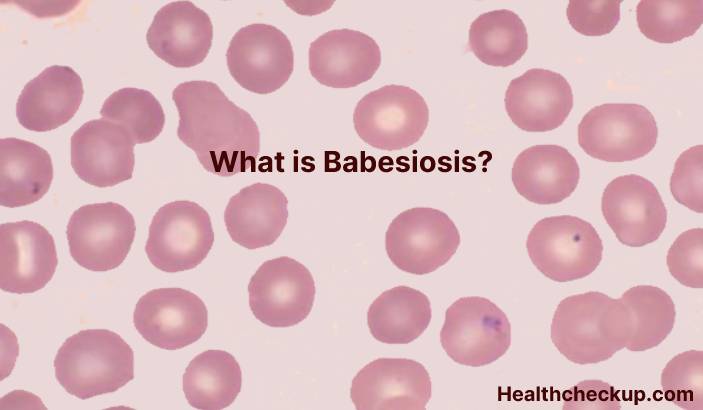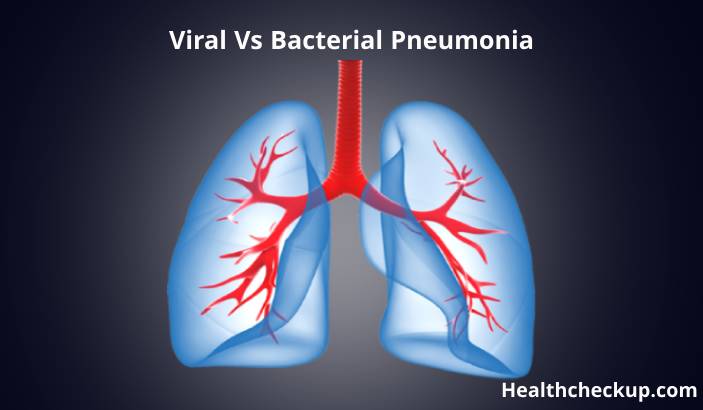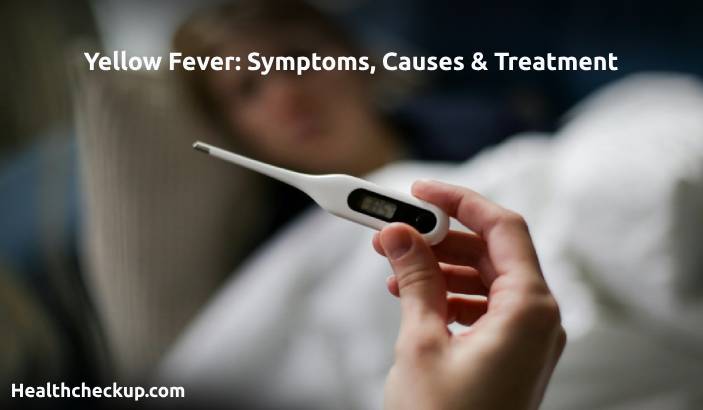Babesiosis is a rare, potentially life-threatening disease caused by the Babesia parasite, which is transmitted through the bite of an infected tick. It is most commonly found in the United States in certain areas of the Northeast and upper Midwest, although it has also been reported in other parts of the country and internationally. In this article, we will explore the symptoms, diagnosis, and treatment options for babesiosis.
Symptoms of babesiosis
Symptoms of babesiosis can range from mild to severe and may include
- Fever
- Chills
- Body aches
- Headache
- Fatigue
- Loss of appetite
- Nausea
- Vomiting
- Diarrhea
- Rash
Symptoms may appear within one to four weeks after being bitten by an infected tick. However, some people may not experience any symptoms. In people with compromised immune systems, such as those with HIV/AIDS or cancer, or in elderly individuals, babesiosis can be more severe and potentially life-threatening.
Diagnosis of babesiosis
Babesiosis is diagnosed through a blood test that looks for the presence of the Babesia parasite in the blood. The blood test may be repeated at regular intervals to monitor the effectiveness of treatment.
Treatment of babesiosis
Treatment for babesiosis may include medications, such as atovaquone, azithromycin, clindamycin, or quinine. The choice of medication and duration of treatment will depend on the severity of the infection and the overall health of the person. It is important to work with a healthcare provider to determine the best treatment plan.
In severe cases, hospitalization may be necessary to receive supportive care, such as intravenous fluids and oxygen.
Prevention of babesiosis
The best way to prevent babesiosis is to avoid tick bites. Some steps that can help to reduce the risk of tick bites include:
- Using insect repellent
- Wearing long sleeves and pants when spending time in areas where ticks are common
- Checking for ticks regularly, especially after spending time outdoors
- Removing ticks promptly if found
If a tick bite does occur, it is important to remove the tick as soon as possible. Ticks should be removed using fine-tipped tweezers, grasping the tick as close to the skin as possible and pulling gently upward. The area should then be washed with soap and water.
Conclusion
Babesiosis is a rare, potentially life-threatening disease caused by the Babesia parasite. Symptoms may range from mild to severe and can include fever, chills, body aches, and fatigue. Babesiosis is diagnosed through a blood test and treated with medications. The best way to prevent babesiosis is to avoid tick bites and remove ticks promptly if they are found. It is important to work with a healthcare provider to determine the best treatment plan.









